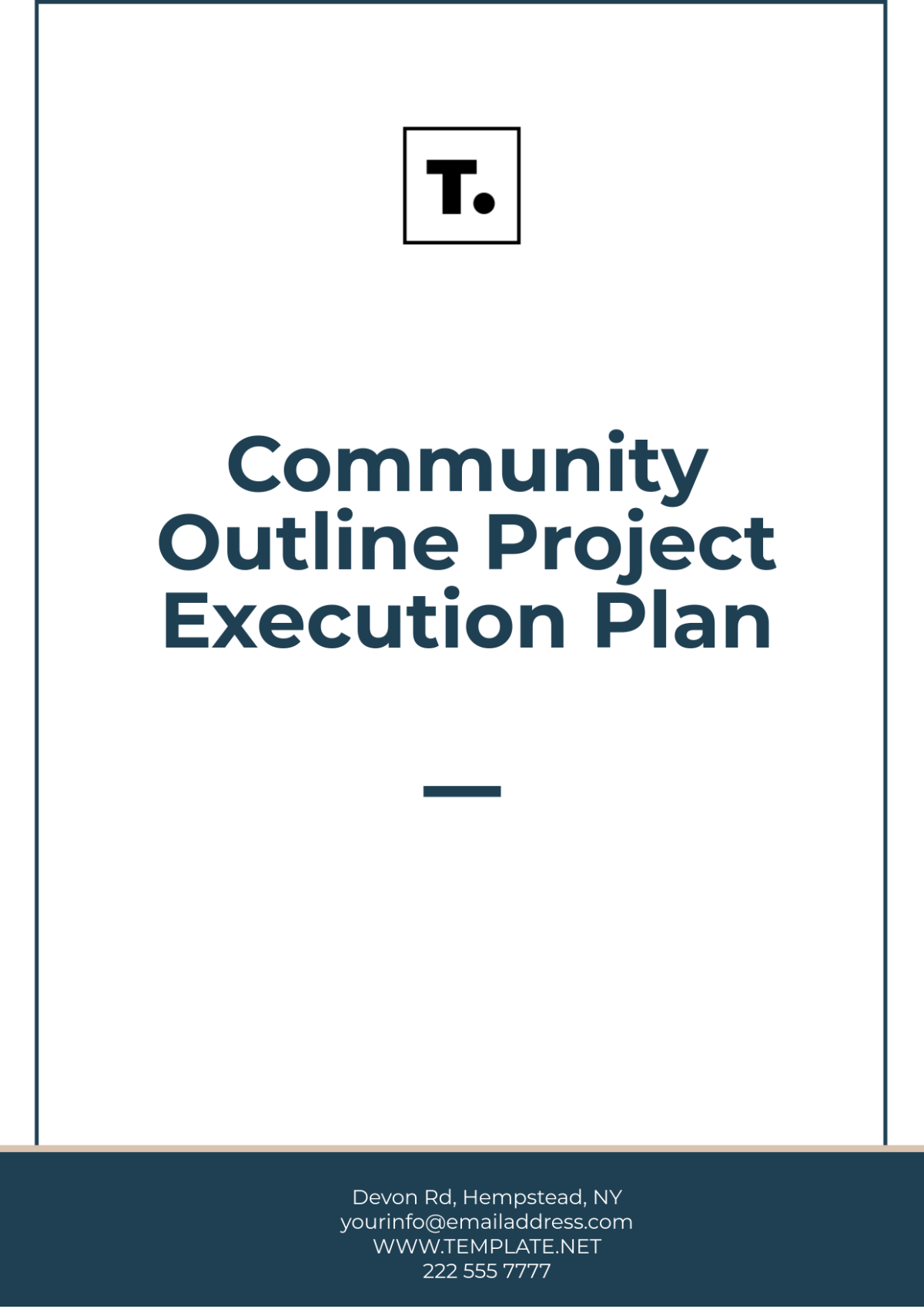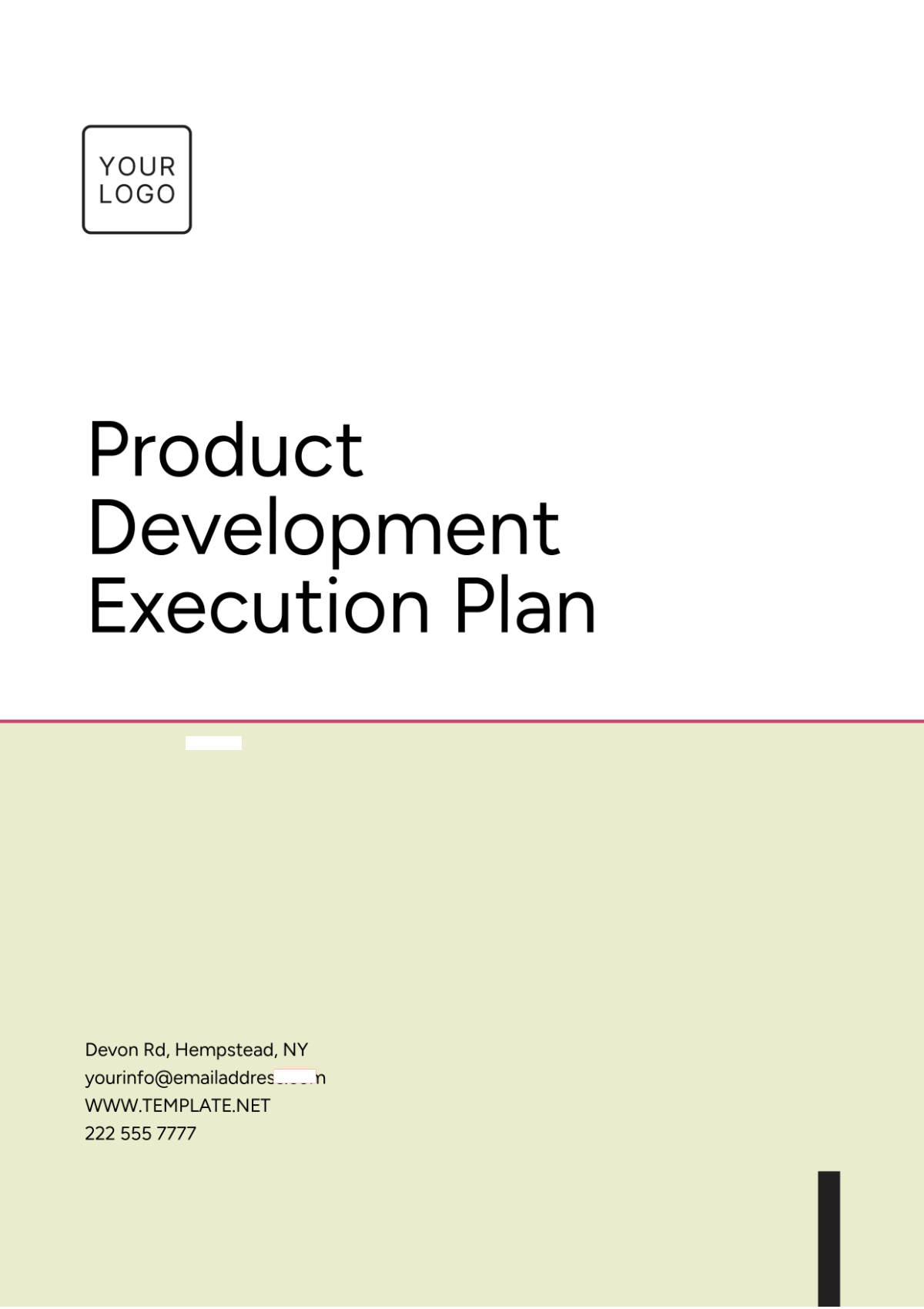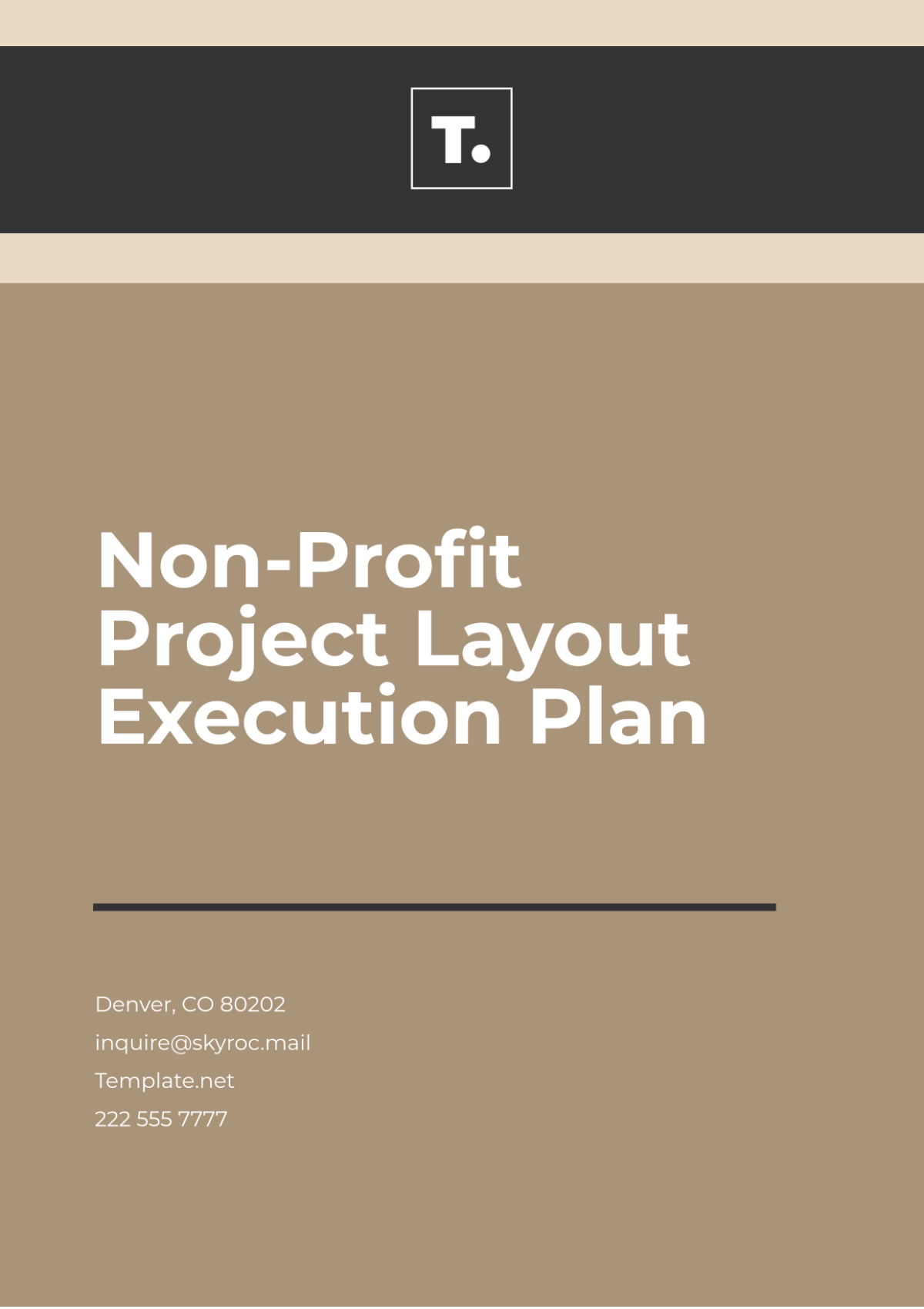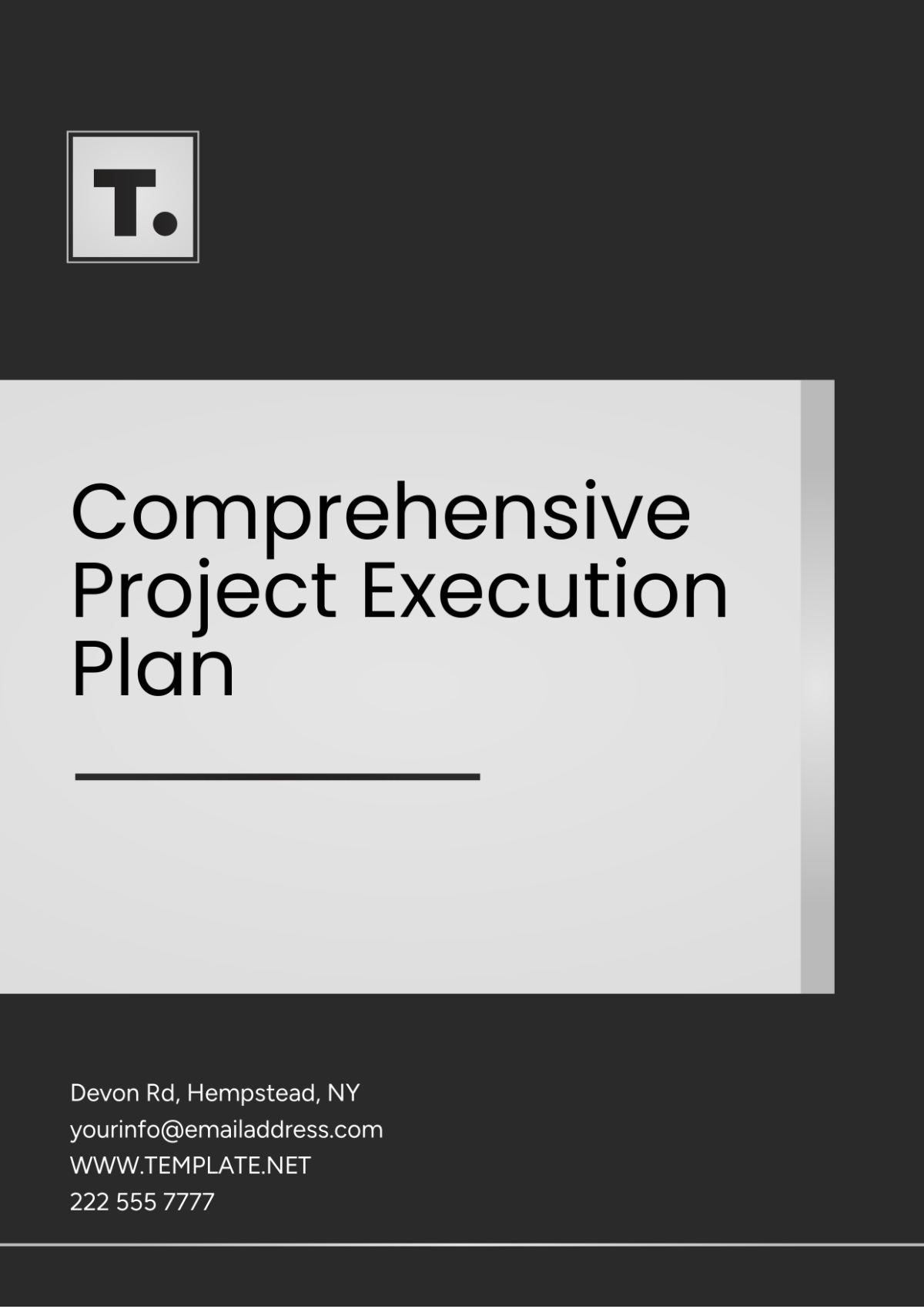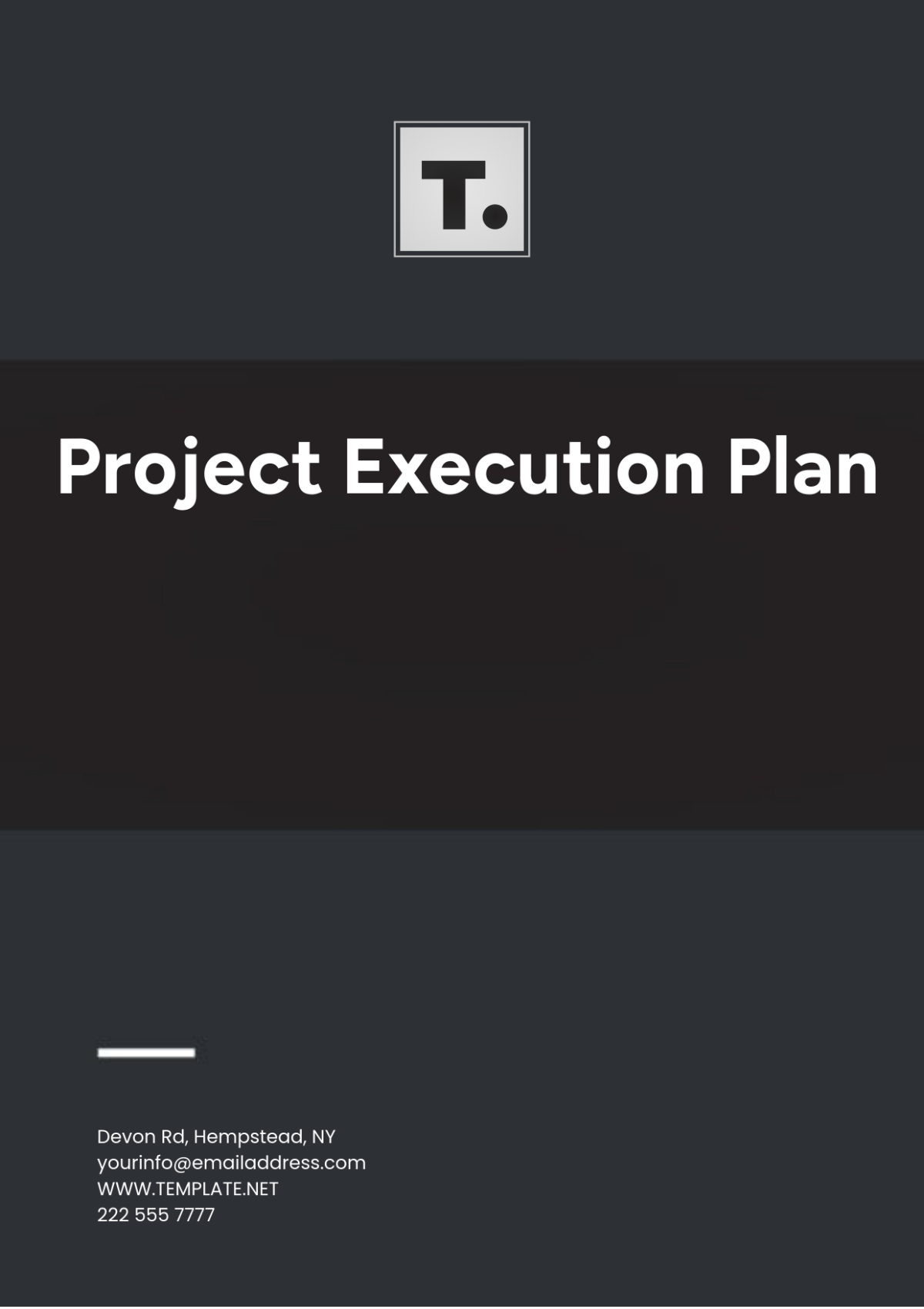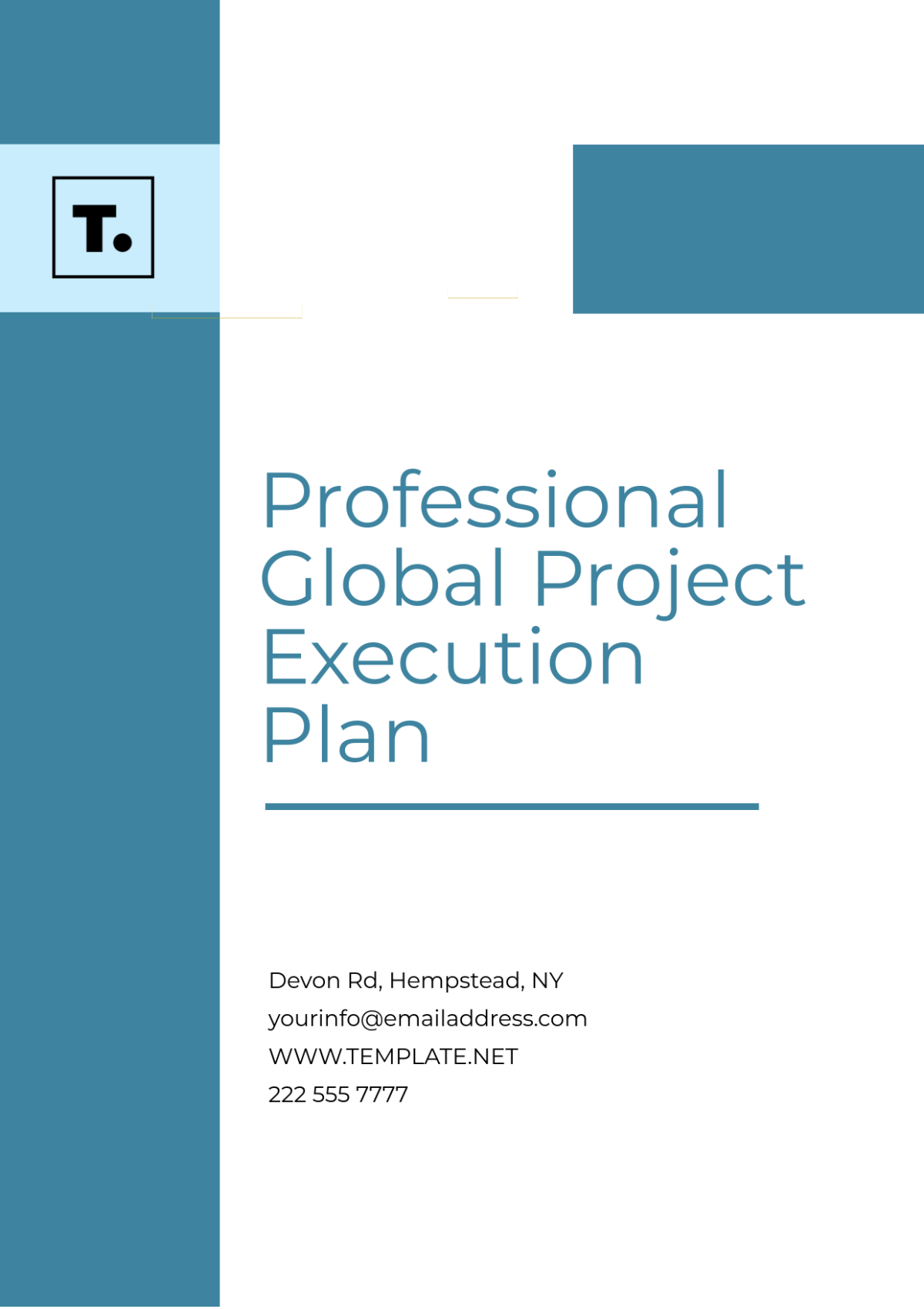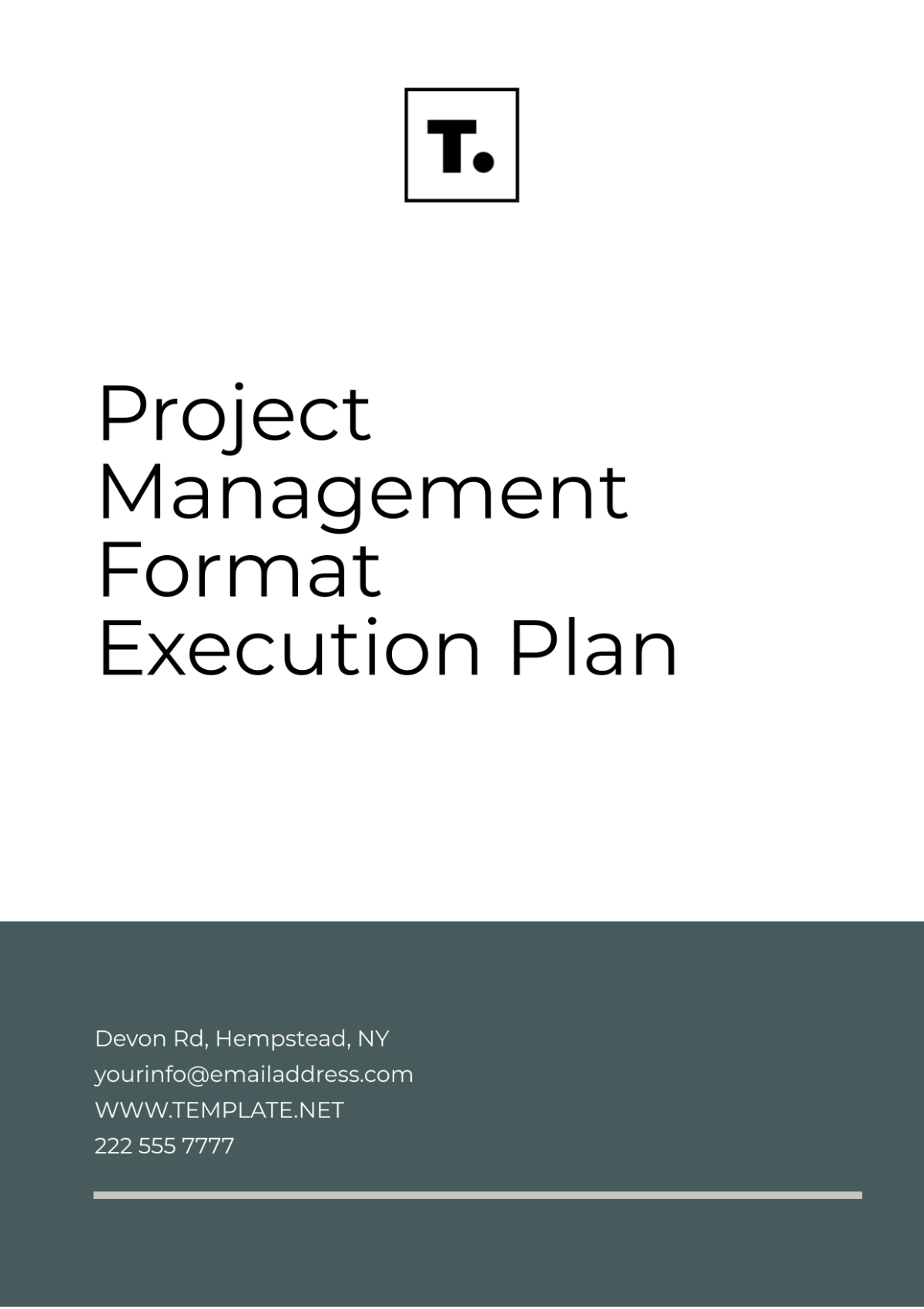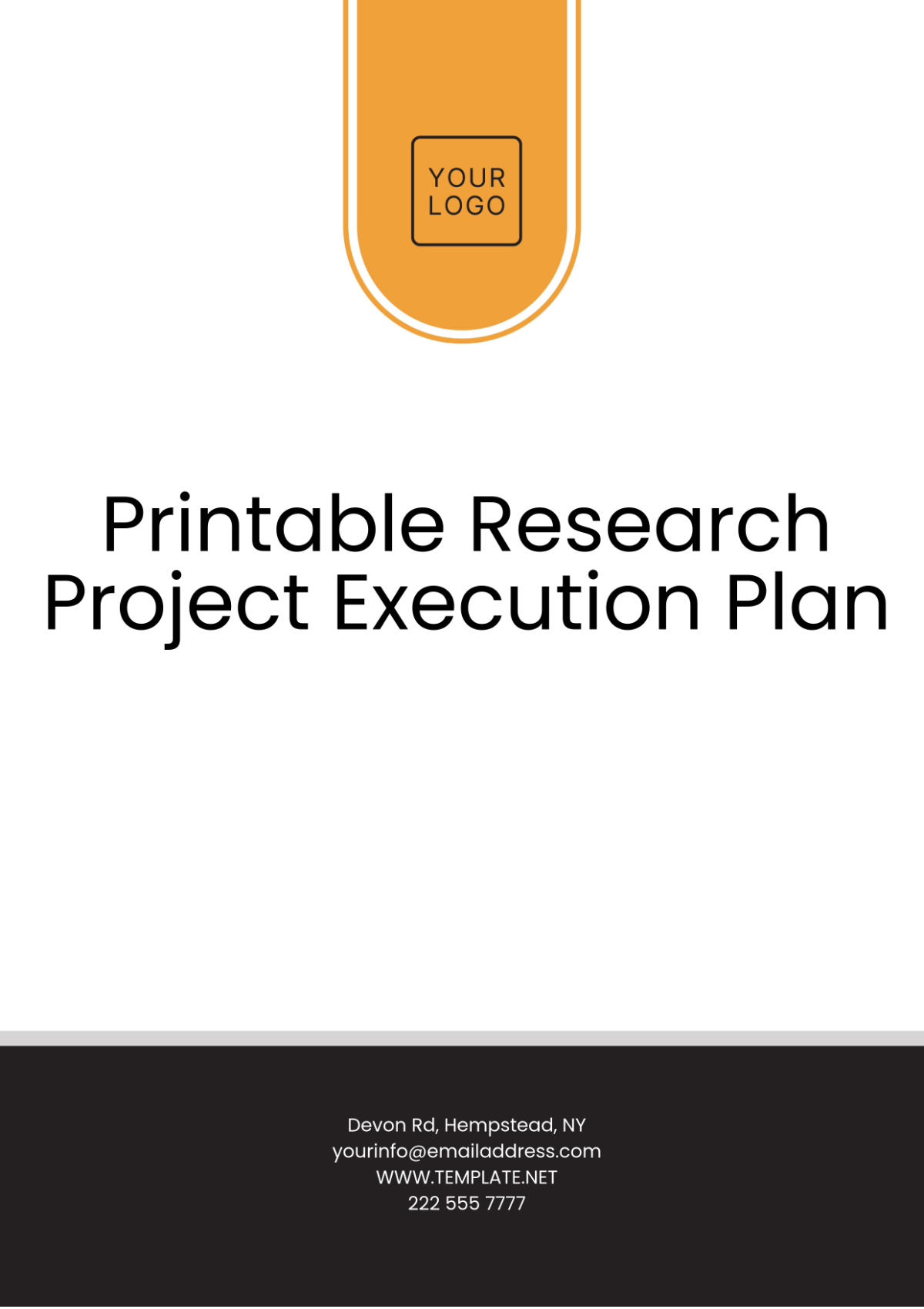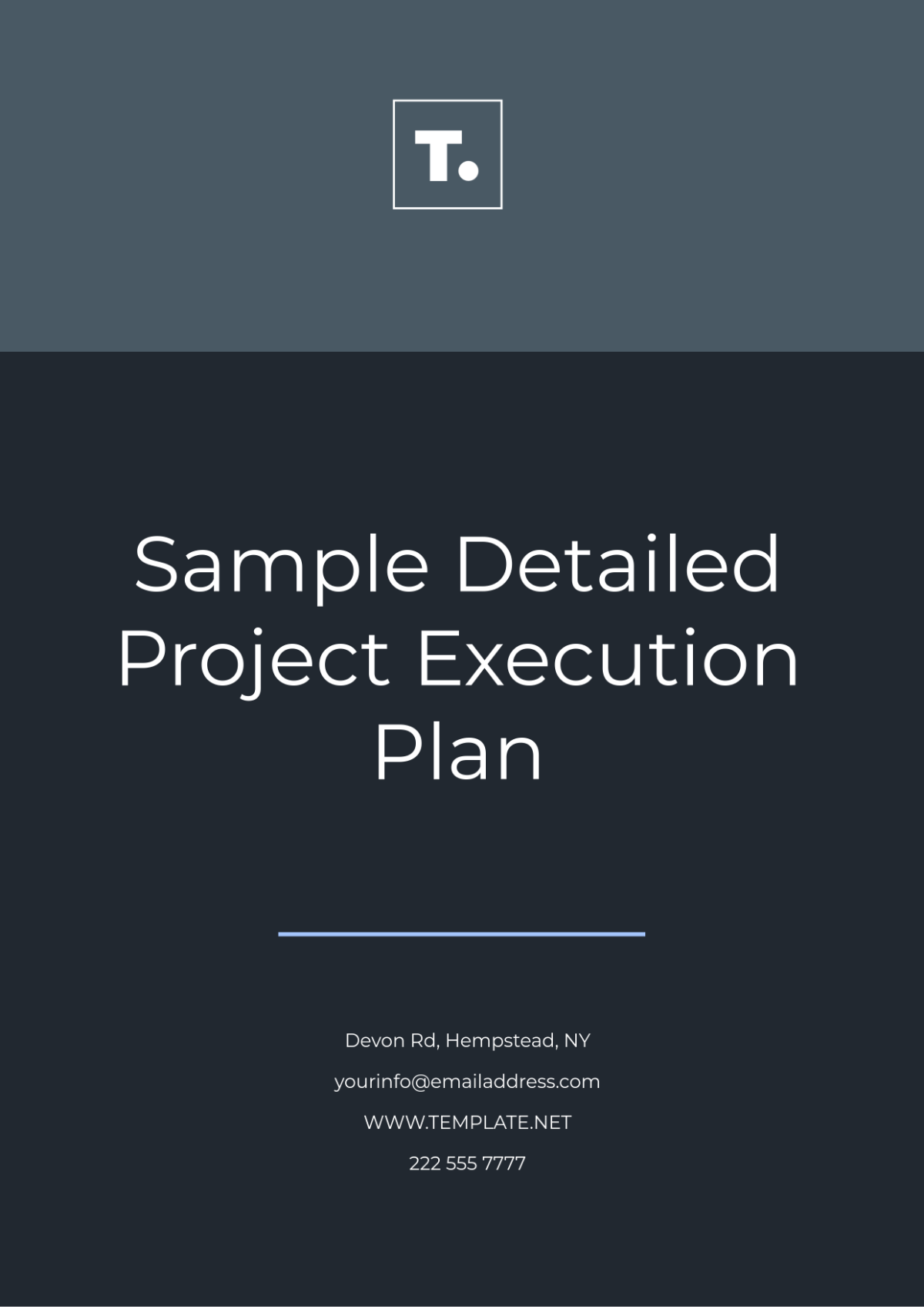Product Development Execution Plan
Product Name: FitTrack - A Mobile Fitness Application
Project Manager: [Your Name]
Company: [Your Company Name]
Date: [Date]
1. Executive Summary
Objective: Develop and launch FitTrack, a mobile application that provides personalized fitness plans, nutrition tracking, and social features to enhance user engagement. FitTrack aims to help users achieve their fitness goals by offering customized workout routines and dietary suggestions based on their preferences and performance.
Target Market: Health-conscious individuals aged 18-35, particularly those looking for flexible and accessible fitness solutions.
2. Project Scope
Features:
User Registration and Profile Management: Allow users to create profiles, set fitness goals, and track progress.
Personalized Fitness Plans: Generate tailored workout plans based on user fitness levels and preferences.
Nutrition Tracking: Users can log meals, receive nutritional advice, and access recipes.
Social Sharing and Community Features: Users can connect with friends, share achievements, and participate in challenges.
Integration with Wearable Devices: Synchronize data from widely used fitness trackers like Fitbit and Apple Watch.
3. Timeline and Milestones
Milestone | Description | Due Date |
|---|---|---|
Project Kickoff | Team introduction and project overview | Week 1 |
Requirement Gathering | Finalize app features and user stories | Week 3 |
Design Phase | Complete UI/UX design | Week 6 |
Development Phase | Build application features | Week 12 |
Testing Phase | Conduct user testing and bug fixes | Week 14 |
Launch Preparation | Marketing strategy and app store setup | Week 16 |
Official Launch | Release FitTrack on app stores | Week 18 |
4. Team Structure
Project Manager: Oversees project progress and team coordination.
UI/UX Designer: Designs, the user interface, and experience.
Developers (2): Responsible for coding the application.
QA Tester: Conducts testing to ensure app functionality and performance.
Marketing Specialist: Develops and implements the marketing strategy.
5. Resource Allocation
Budget: $150,000
Development: $80,000 (salaries, tools, software licenses)
Design: $30,000 (UI/UX tools, user testing)
Marketing: $25,000 (advertising, promotional materials)
Contingency: $15,000 (unexpected costs)
Tools and Technologies:
Programming Language: React Native for cross-platform development
Design Tools: Figma for UI/UX design, Adobe XD for prototyping
Project Management: Trello for task tracking, Slack for team communication
6. Risk Management
6.1. Potential Risks:
Delays in Development: Technical challenges or team availability may push back timelines.
Budget Overruns: Unexpected expenses may exceed the allocated budget.
Lack of User Engagement Post-Launch: Users may not adopt the app as anticipated.
6.2 Mitigation Strategies:
Regular Progress Reviews: Conduct bi-weekly sprint meetings to monitor progress and address issues promptly.
Allocate Extra Budget: Set aside additional funds for unforeseen expenses and ensure financial flexibility.
Comprehensive Marketing Plan: Implement pre-launch campaigns to build anticipation and engage potential users.
7. Evaluation and Success Metrics
Key Performance Indicators (KPIs):
User Acquisition: Target 10,000 downloads within the first month after launch.
User Engagement: Aim for 30% of users to log workouts at least three times a week.
Customer Satisfaction: Achieve an NPS score of above 50 within the first quarter of launch.
Revenue Generation: Generate at least $5,000 in revenue within the first quarter through premium subscriptions and in-app purchases.
8. Conclusion
This Product Development Execution Plan outlines the essential steps and strategies for developing and launching the FitTrack mobile application. By adhering to this plan, the team will be well-prepared to meet project goals, deliver a high-quality product to market, and effectively engage users in their fitness journeys.

